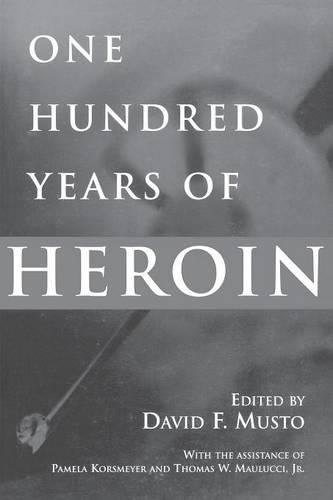
One Hundred Years of Heroin
(Paperback)
Available Formats
Publishing Details
One Hundred Years of Heroin
By (Author) David Musto
Bloomsbury Publishing PLC
Praeger Publishers Inc
30th April 2002
United States
Classifications
Tertiary Education
Non Fiction
Drugs and alcohol: social aspects
Pharmacology
362.2930973
Physical Properties
Paperback
272
Width 156mm, Height 235mm
425g
Description
A study of Heroin. In 1898 Heroin, the Bayer trademark name for diacetylmorphine, was commercially introduced to every corner of the Earth. Contrary to common assertion, Heroin was not recommended for treatment of morphine or opium habits. Rather, Heroin filled a desperate need for a powerful cough suppressant. The leading causes of death at the time, tuberculosis and pneumonia, were linked to uncontrollable coughing. Heroin performed well in preliminary testing by the manufacturer and upon release was hailed for its effectiveness. Although Heroin is a morphine derivative, for several years it was thought not to be particularly habit-forming. Its addictive potential became apparent especially in the USA, where its sale was pretty much unrestricted until 1914. Heroin's prominent use among teen-aged gangs in New York City prompted the city's health commissioner in 1919 to characterize that use as "an American disease".
Author Bio
DAVID F. MUSTO is Professor, Child Study Center and History of Medicine and Psychiatry d Lecturer in American Studies and History at Yale University.
